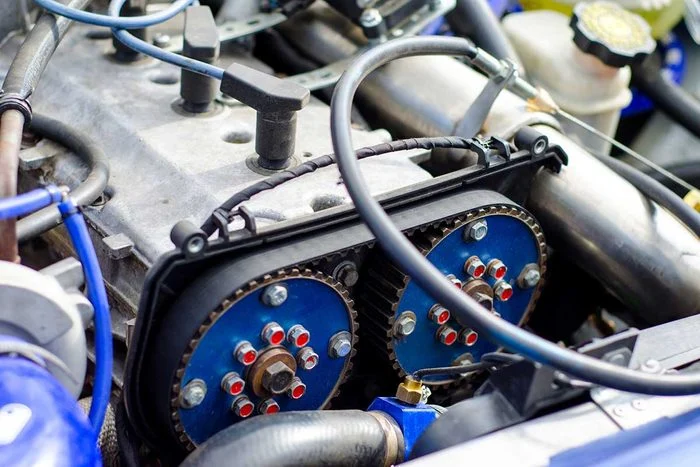- Arabic
- French
- Russian
- Spanish
- Portuguese
- Turkish
- Armenian
- English
- Albanian
- Amharic
- Azerbaijani
- Basque
- Belarusian
- Bengali
- Bosnian
- Bulgarian
- Catalan
- Cebuano
- Corsican
- Croatian
- Czech
- Danish
- Dutch
- Afrikaans
- Esperanto
- Estonian
- Finnish
- Frisian
- Galician
- Georgian
- German
- Greek
- Gujarati
- Haitian Creole
- hausa
- hawaiian
- Hebrew
- Hindi
- Miao
- Hungarian
- Icelandic
- igbo
- Indonesian
- irish
- Italian
- Japanese
- Javanese
- Kannada
- kazakh
- Khmer
- Rwandese
- Korean
- Kurdish
- Kyrgyz
- Lao
- Latin
- Latvian
- Lithuanian
- Luxembourgish
- Macedonian
- Malgashi
- Malay
- Malayalam
- Maltese
- Maori
- Marathi
- Mongolian
- Myanmar
- Nepali
- Norwegian
- Norwegian
- Occitan
- Pashto
- Persian
- Polish
- Punjabi
- Romanian
- Samoan
- Scottish Gaelic
- Serbian
- Sesotho
- Shona
- Sindhi
- Sinhala
- Slovak
- Slovenian
- Somali
- Sundanese
- Swahili
- Swedish
- Tagalog
- Tajik
- Tamil
- Tatar
- Telugu
- Thai
- Turkmen
- Ukrainian
- Urdu
- Uighur
- Uzbek
- Vietnamese
- Welsh
- Bantu
- Yiddish
- Yoruba
- Zulu
Aug . 19, 2024 00:59 Back to list
Understanding Car Fan Belts and Their Importance in Vehicle Performance
Understanding the Importance of Fan Belts in Cars
When it comes to the intricate mechanics of a vehicle, many components work in unison to ensure smooth operation. Among these, the fan belt, also known as the serpentine belt, plays a crucial role in the functionality of the car’s engine cooling system. Understanding what a fan belt does, its importance, and how to maintain it can help vehicle owners prevent potential issues and ensure their cars remain in optimal condition.
What is a Fan Belt?
The fan belt is a continuous loop of rubber that connects various components of the engine, primarily the water pump, alternator, power steering pump, and the engine’s cooling fan. In modern vehicles, this single belt often replaces multiple belts, hence the term serpentine belt. It is designed to transfer power from the engine to the essential components that keep the car running efficiently. The fan belt's primary purpose is to drive the cooling fan, which helps regulate the engine’s temperature by allowing air to circulate through the radiator.
Importance of a Functional Fan Belt
A properly functioning fan belt is vital for several reasons. Firstly, it ensures that the engine remains at an optimal operating temperature. If the fan belt is worn or damaged, the cooling fan may fail to operate correctly, leading to overheating. This overheating can cause significant damage to engine components, resulting in costly repairs or even total engine failure.
Secondly, the fan belt plays a role in powering the alternator. If the alternator is not functioning correctly due to a faulty fan belt, the battery may not charge adequately, which can lead to starting issues and electrical failures within the vehicle. Lastly, a malfunctioning fan belt can affect power steering, making the vehicle harder to maneuver, which is particularly critical for safety.
fan belt for cars

Signs of a Worn Fan Belt
To ensure the longevity of your vehicle’s engine, it’s essential to recognize the signs of a worn fan belt. Common indicators include squeaking or squealing noises when starting the car or during acceleration, which can suggest that the belt is slipping. Additionally, if you notice unusual vibrations or if the belt appears cracked, frayed, or worn, it is time to inspect and potentially replace it.
Maintenance Tips
Regular maintenance can help prevent fan belt issues. It is advisable to check the belt visually during routine maintenance checks. Look for signs of wear, such as cracks, fraying, or glazing on the surface. Additionally, adhering to the manufacturer’s recommended maintenance schedule for replacing the fan belt is crucial. Most belts will last between 50,000 to 100,000 miles, but this can vary depending on the vehicle and driving conditions.
If you are unfamiliar with vehicle maintenance, it’s best to consult a professional mechanic who can provide a thorough inspection and replace the fan belt if necessary.
Conclusion
In conclusion, the fan belt is a critical component of a vehicle's engine system. Its role in maintaining optimal engine temperature, powering the alternator, and ensuring effective steering cannot be understated. By understanding the importance of the fan belt, recognizing the signs of wear, and adhering to proper maintenance practices, vehicle owners can enhance their car’s performance and extend its lifespan. Regularly inspecting the fan belt, along with other engine components, is a simple yet effective way to ensure a safe and reliable driving experience.
-
Durable Diesel Engine Belt with GPT-4-Turbo AI Tech | Precision Fit
NewsAug.04,2025
-
High-Quality Tensioner Belt Pulley - Durable & Efficient
NewsAug.03,2025
-
Premium Timing Belt Factory | AI-Optimized Solutions
NewsAug.02,2025
-
Premium Custom V Belts Enhanced with GPT-4 Turbo AI
NewsAug.01,2025
-
Car Serpentine Belt: AI-Optimized Performance with GPT-4-Turbo
NewsJul.31,2025
-
Heat Joining Drive Belt | High-Durability Fusion Solution
NewsJul.31,2025

